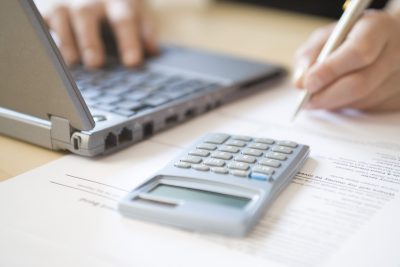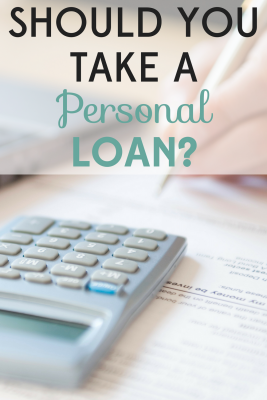
It can happen so easily. All it takes are some unexpected expenses and/or poor planning – too many meals out, a dental emergency, a new job that requires an upgraded wardrobe – and you find yourself with far more credit card debt than you ever imagined.
Or perhaps you’re looking ahead to a life event that is going to cost more than you can save in time. Maybe you’re planning a long-distance move (note: this means less sex) or you need fertility treatments that aren’t covered by insurance.
Many people don’t realize that personal loans are available to cover these kinds of debt and expenses. Just as you would take a loan to buy a car or house, you can borrow money to cover just about anything with a personal loan. Depending on the company, loan amounts can range from $1,000 all the way up to $100,000. And personal loan repayment terms range from one to seven years. Interest rates depend largely on your credit rating and whether or not you take a secured or unsecured personal loan.
Secured Personal Loans
Secured personal loans require that you provide some kind of collateral (most commonly your car, but also sometimes your savings). That makes it lower risk for the lender – since it will get something of value if you default – so interest rates tend to be lower. Of course, that also makes it higher risk for you, the borrower, since you could potentially lose something of value.
Unsecured Personal Loans
Unsecured personal loans don’t require any form of collateral. These are more common than secured loans, but they typically require excellent credit ratings since they carry greater risk for the lender. Lenders also look at your debt to income ratio to determine if you’re a good candidate for a personal loan. Unsecured personal loans most often have higher interest rates, in comparison to secured personal loans.
Why should you take a personal loan?
One of the most common reasons for taking a personal loan is to consolidate credit card debt. If you are paying off multiple credit cards, which typically charge high interest rates, it can make sense to take a personal loan to pay those all off at once. This is only worthwhile, of course, if you can get a lower interest rate than you’re currently paying on your cards. If you can find that, you stand to save a great deal of money.
In addition, taking a personal loan to pay off credit card debt can help improve your credit rating. Borrowers who use all or most of the available credit on their cards take a hit in their credit rating. Personal loans, on the other hand, are installment loans, which have a higher standing than credit card debt.
But that’s not the only reason you might choose to take a personal loan. Perhaps you have a once-in-a-lifetime travel opportunity. Or you want to invest in home improvements – perhaps energy efficient systems – that will save money in the long run. Maybe you’re ready to adopt a child. Obviously living debt-free is the ideal, but life is rarely ideal. So a personal loan can be an excellent option to keep in your back pocket.
How do you find a personal loan?
Whether you choose secured or unsecured loans, there are a number of different places to find them. Traditional lenders, such as banks and credit unions, are one place to look. Or you can shop non-traditional lenders such as SoFi, Earnest, Pave, CommonBond and even Goldman Sachs which will give you a lot more options and flexibility. Either way, you should consider multiple different lenders before signing the application. There are even a variety of different personal loan comparison tools out there on the internet, which will help you make an informed choice.
